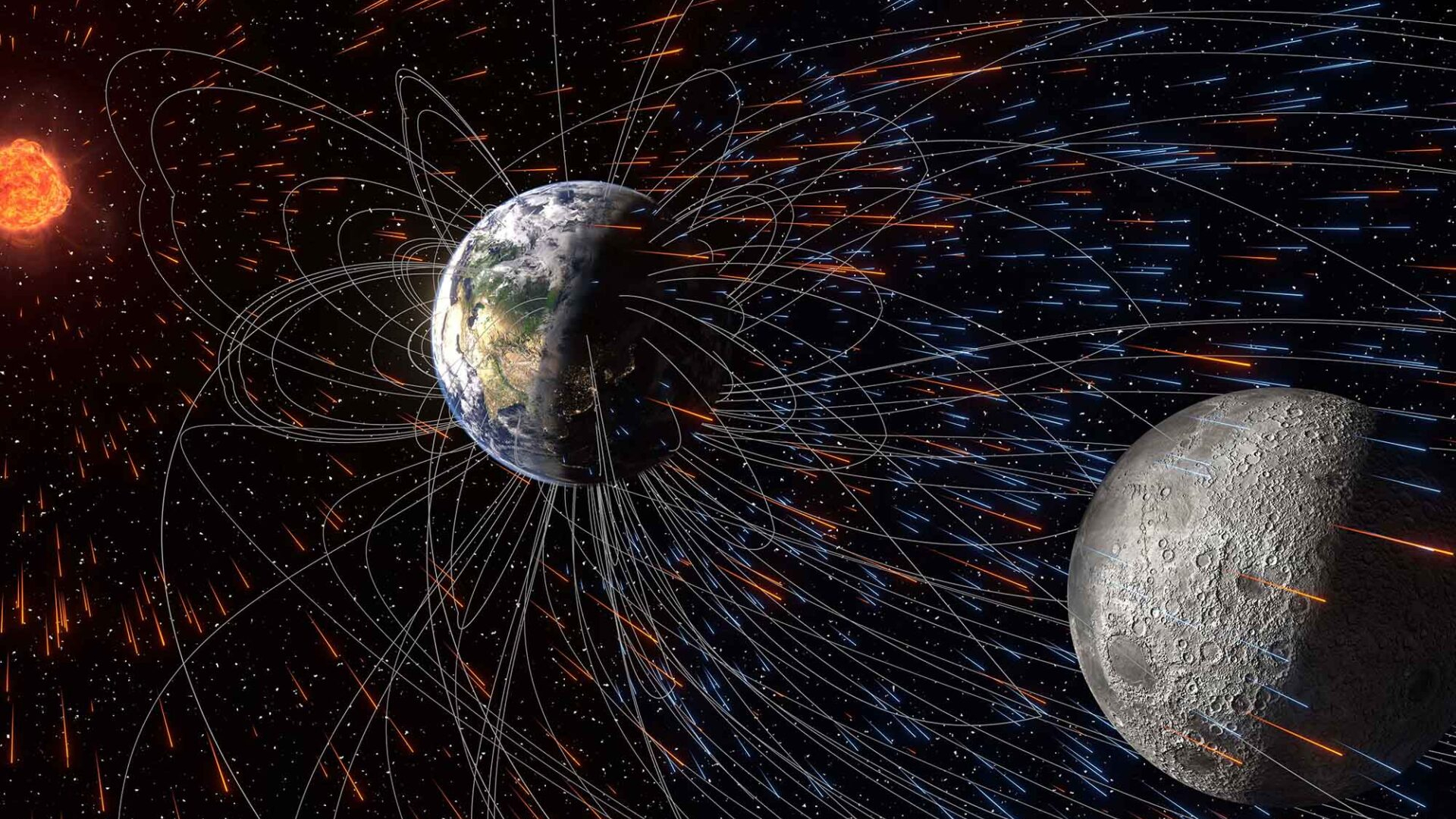Shuttle-to-CEV Shift is NASA’s Greatest Challenge, Space Agency Chief Says
Despiteongoing work to launch its next shuttleflight by July, NASA's greatest challenge lies further ahead in the coming shiftto a new spaceship by 2014, the U.S. space agency's chief said Tuesday.
NASAadministrator Michael Griffin said that proper handling of the agency's workforcewhile it is refocused - and reduced - for the Crew ExplorationVehicle is vital for nation's spaceflight future as the shuttlefleet approaches a 2010 retirement.
"To beclear, NASA will not need as many engineers and technicians on the shop floorto operate and maintain the CEV and Crew LaunchVehicle (CLV) as we do today with the space shuttle," Griffin told the Senate's science and space subcommittee, adding that both newvehicles are designed to be simpler and cheaper than NASA orbiters. "Change ishard, but if we don't act now to bring it about, we will not develop the spaceprogram that we want to have."
Someshuttle workers will be transferred to other CEV support programs where theirskills can be applied, Griffin added.
Griffin alsomaintained that he is optimistic NASA will meet its July window to launch the STS-121shuttle mission to the International Space Station (ISS),marking the agency's second test flight following the 2003 Columbia disaster. Shuttleprogram managers are expected to pick a launch date from the mission's July1-19 window on Thursday, he added.
NASA hopesto launch as many as threeshuttle missions this year - beginning with STS-121 and followed by two ISS construction flights- pending the resolution of ongoing externaltank wind tunnel tests to verify modifications to the tank's foaminsulation.
Griffinsaid the shuttle is key to completing the ISS by 2010, but the space station'svalue as a science platform will be muted without a reliable orbital transitsystem beyond the shuttle's retirement.
Breaking space news, the latest updates on rocket launches, skywatching events and more!
"We canonly realize the potential of the space station if we have a robust spacetransportation system to ferry crew, experiments and equipment to and from thestation," Griffin said.
Senatorsmade it clear that minimizing any gap in U.S. human spaceflight capability duringthe gulf spanning the 2010 shuttle retirement and 2014 deadline for the CEV isparamount.
"If thereis a capability for Americans to go into space between 2010 and 2014, I willfeel much more secure," Sen. Kay Bailey Hutchinson(R-Texas), chair of the space and science subcommittee, told Griffin.
But theNASA chief stressed that technological and funding challenges madea seamless transition almost impossible, given the space agency's tasks of completing theISS before the shuttle fleet retires, its exploration push to fly manned CEVflights by 2014 and the agency's goal of returning astronauts to the Moon by2020.
"We are technologylimited to the 2011 to 2012 timeframe, we're funding limited for later datesthan that," Griffin said, adding that he hopes to secure commercial cargo - andlater crew - access to orbit and the ISS during that 2010 to 2014 gap.
- NASA Tweaks Flight Plan for Next Shuttle Launch
- STS-121 Shuttle Commander Confident in July Launch Target
- Return to Flight: NASA's Road to STS-121

Tariq is the award-winning Editor-in-Chief of Space.com and joined the team in 2001. He covers human spaceflight, as well as skywatching and entertainment. He became Space.com's Editor-in-Chief in 2019. Before joining Space.com, Tariq was a staff reporter for The Los Angeles Times covering education and city beats in La Habra, Fullerton and Huntington Beach. He's a recipient of the 2022 Harry Kolcum Award for excellence in space reporting and the 2025 Space Pioneer Award from the National Space Society. He is an Eagle Scout and Space Camp alum with journalism degrees from the USC and NYU. You can find Tariq at Space.com and as the co-host to the This Week In Space podcast on the TWiT network. To see his latest project, you can follow Tariq on Twitter @tariqjmalik.
